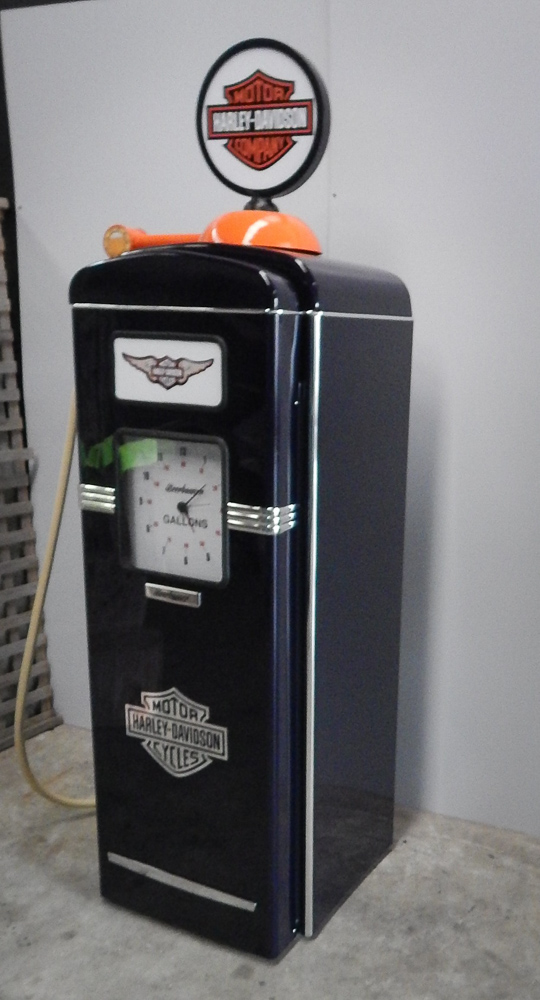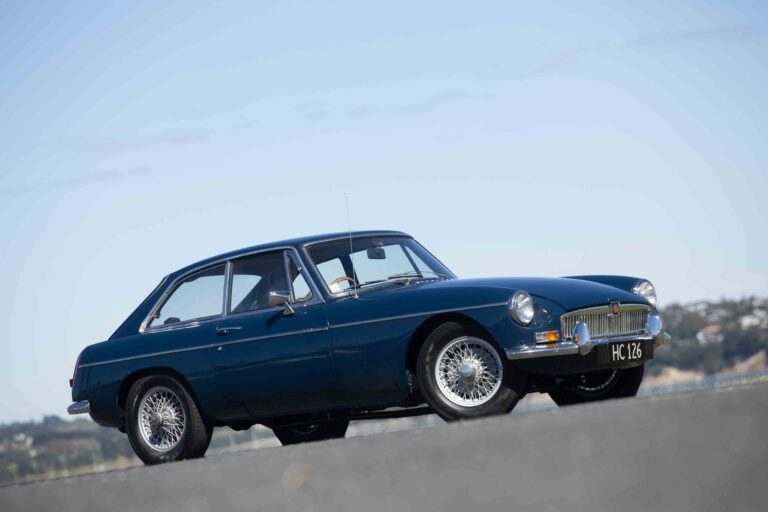When you’re out in the man cave, tunes cranking, spanners spinning, working on something that’ll no doubt be finished when it’s finished, sometimes you’re after some company — company that fits into the metalwork-orientated, petrolhead wonderland that is your shed, garage, or workshop. The only complementary item that suits such an environment is a Beerbowser. That’s right, it’s a brew-pumping ’50s–’60s petrol bowser capable of storing your yeast-produced liquid refreshments for whenever they’re required.

Handcrafted using quality materials right here in New Zealand, Beerbowsers are the ultimate old-school-looking bowsers, yet pack a modern punch. With the ability to add a Bluetooth sound system and USB-charging capabilities, you can refill your favourite vessel with the bowser to your favourite anthem, and keep those power-hungry devices on charge.
Based on Haier fridges, you need not worry about your 30-, 40-, or 50-litre keg turning warm due to mechanical error, either. Beerbowsers are built to order, which means that whatever is your favourite brand or style, it can be made to suit.

There’s only one serious issue now though — we’re all going to need bigger sheds for our Beerbowser collections! They also have the added bonus of being able to slot into your original fridge spot in the kitchen with ease.
If you’re interested in checking out the entire Beerbowser range, or are wanting to get in touch with the talented team behind these creations, head to beerbowser.co.nz.
Disclaimer: Beerbowser does not promote our products by brand. All Beerbowsers displayed have been custom made by customer request and are not marketed specifically by brand. The images are only examples. © 2016 | Beerbowser NZ | All rights reserved



